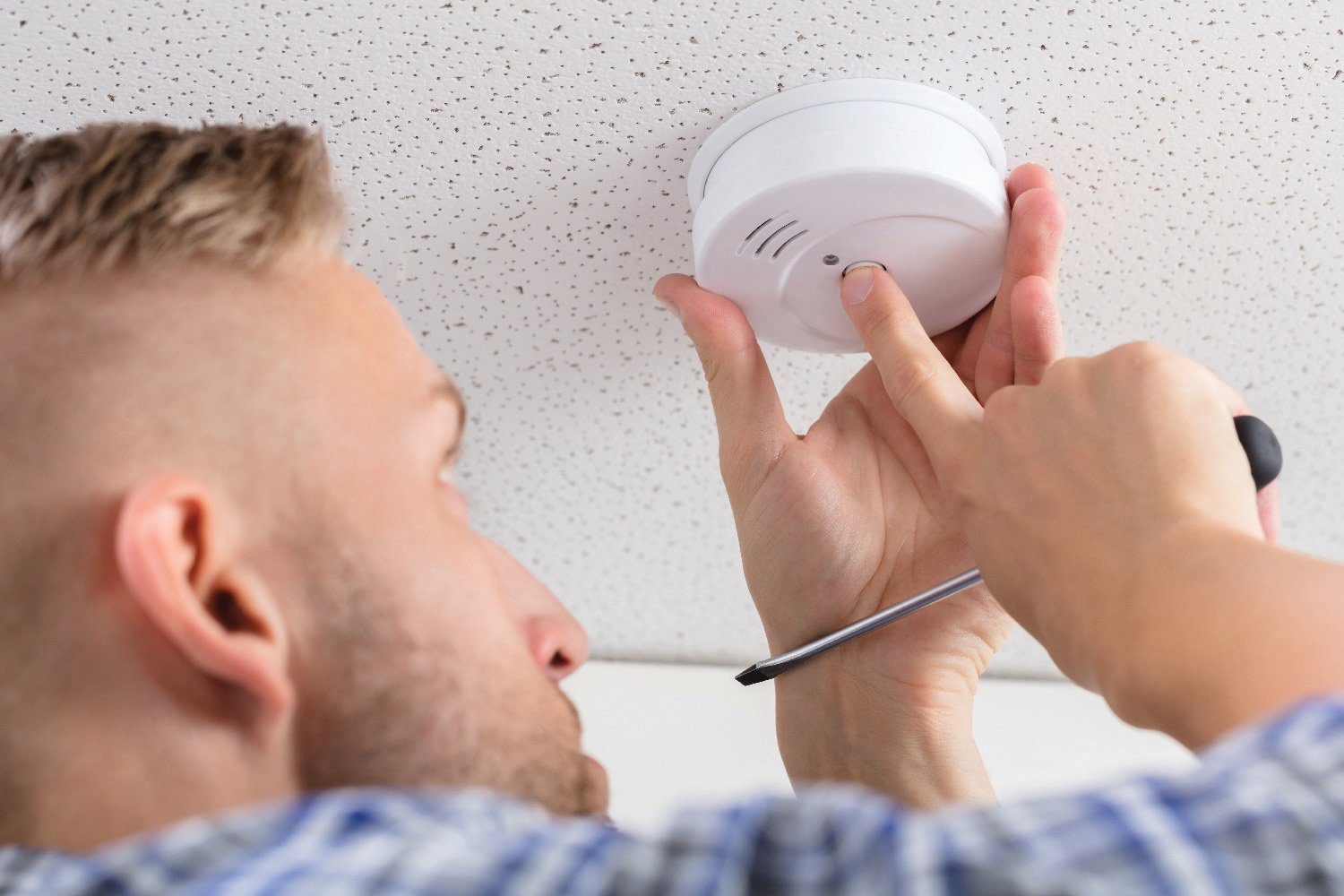If you are like me, you enjoy all the wonderful things that winter brings, sledding, building snow persons, skiing, drinking hot cocoa, etc. There is one thing that we really don’t take into …
This item is available in full to subscribers.
We have recently launched a new and improved website. To continue reading, you will need to either log into your subscriber account, or purchase a new subscription.
If you are a current print subscriber, you can set up a free website account by clicking here.
Otherwise, click here to view your options for subscribing.
Please log in to continue |
|

If you are like me, you enjoy all the wonderful things that winter brings, sledding, building snow persons, skiing, drinking hot cocoa, etc. There is one thing that we really don’t take into consideration when cold weather presents itself – carbon monoxide. The human body is an incredible thing and can endure great stress through the winter, however, this may come as a shock to most of you, the body is unable to endure extremes of temperature for extended periods of time. A solution to the inconvenience of the cold is necessary, and that comes in the form of preventing heat loss (ie clothing, gloves) and heating the environment in which we are present (furnace, radiator, gas heater). Unfortunately, heating our environment can lead to unintended exposure to a very deadly toxin: carbon monoxide.
What is carbon monoxide (CO) exactly? It is a gas that is invisible and odorless to humans. This is not to be confused with hydrogen sulfide, a deadly gas that smells like rotten eggs. Carbon monoxide is a byproduct of incomplete fuel combustion and is often emitted from household items such as vehicle exhaust, ovens, inadequately serviced home furnaces, space heaters, and small gas engines that you find in-home generators, snowblowers, and lawnmowers. In studies, people are most likely to have their unintended CO exposure while at home.
Why is carbon monoxide so deadly? Hemoglobin is the molecular structure in our red blood cells that carries oxygen molecules. When we breathe in carbon monoxide they attach to the hemoglobin just like oxygen does. Unlike oxygen, however, carbon monoxide provides no benefit to our body’s tissues. In addition to this, the carbon monoxide molecules essentially “stay put” and do not let oxygen reattach to the hemoglobin. This leads to our red blood cells carrying less oxygen to our tissues (brain, heart, muscles, etc.). How long can you hold your breath? It’s a bit more complicated than this hypothetical question, but you get the idea: our body needs a constant supply of oxygen for survival.
Carbon monoxide exposures account for tens of thousands of Emergency Department visits annually, with thousands being hospitalized for significant exposures. Persons under the age of 44 make up the majority of these visits, but older patients make up larger percentiles of persons requiring admission to the hospital. We are at an increased risk of its exposure here in New England, as persons that live in colder parts of the country often have higher risk activities that lead to exposure.
What can I do to prevent CO exposure to myself and my family?
What symptoms could I have if I have a carbon monoxide exposure?
They can be vague, but may include:
What should I do if I suspect a carbon monoxide environment is present or my CO detector is going off?
What do the Emergency Medical Services team and the Emergency Department do to treat CO exposure?
In conclusion, carbon monoxide is a deadly gas that we most often encounter at home. Our lifestyle in the Northeast United States often puts us at an increased risk of exposure. It is for this reason that we must be aware of the dangers it possesses to us and our family. Fortunately, exposure is often preventable if we follow the well-established safety guidelines (CDC). Stay safe out there this winter!
Vincent Varamo, DO, is a board-certified Emergency Medicine Physician at Kent Hospital, an academic teaching institution in Warwick, RI. He has a special interest in EMS and toxicology.
Comments
No comments on this item Please log in to comment by clicking here